04. July, 2025delish0
Analysis of current system problems
1. Tension fluctuations cause the material to stretch or relax
2. Insufficient slitting accuracy leads to edge waste
3. High material loss during the start/stop phase
4. Insufficient adaptability to different material properties
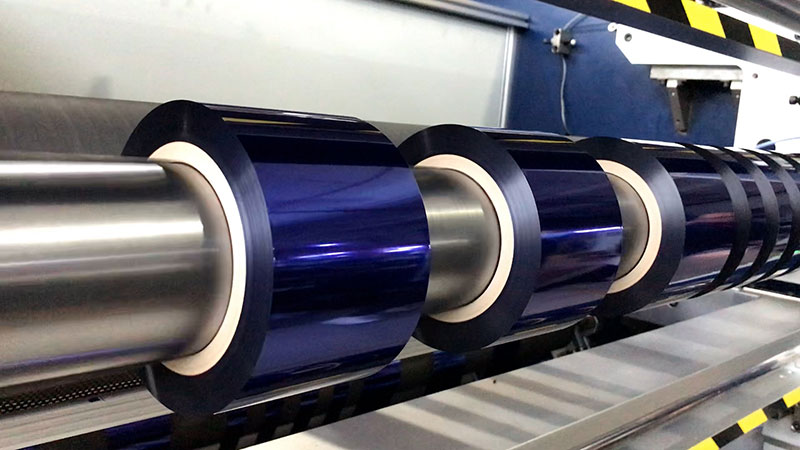
Optimize the solution
1. Tension control system upgrade
• Multi-stage closed-loop control: Tension detection points are set up in the unwinding, traction and rewinding links
• Adaptive PID algorithm: Automatically adjusts control parameters based on material properties and operating speed
• Dynamic compensation mechanism: real-time compensation for inertial forces in the process of acceleration and deceleration
2. Hardware improvements
• Replacement of high-precision tension transducer (±0.1% accuracy)
• Install a brushless motor drive system to improve the response speed
• Add edge position detection CCD to achieve automatic deviation correction
3. Material property database
• Create a database of tension-elongation curves for different gold foil materials
• Automatically recall the optimal tension parameter according to the material batch
• Recording of production data and continuous optimization of parameter settings
4. Operational optimization
• Develop automatic feeding programs to reduce manual intervention
• Optimized acceleration/deceleration curves to reduce impact
• Realize automatic splicing function to reduce downtime
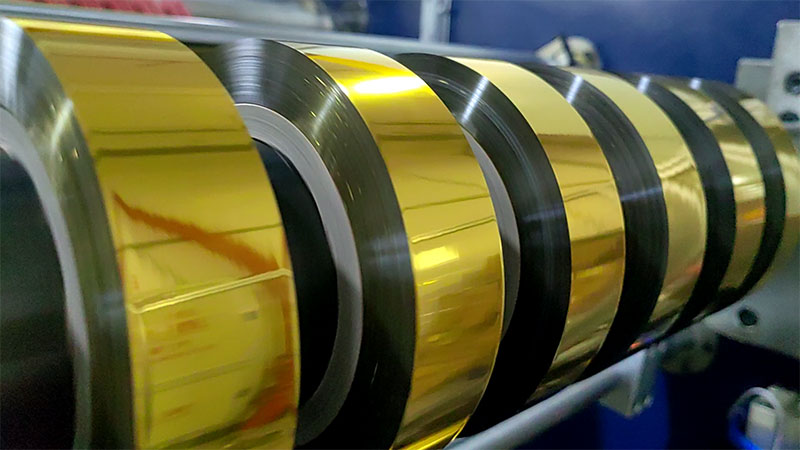
What to expect
• 30-45% reduction in material waste
• The product qualification rate has increased to more than 99.2%.
• 40% reduction in changeover time
• 15% reduction in system energy consumption
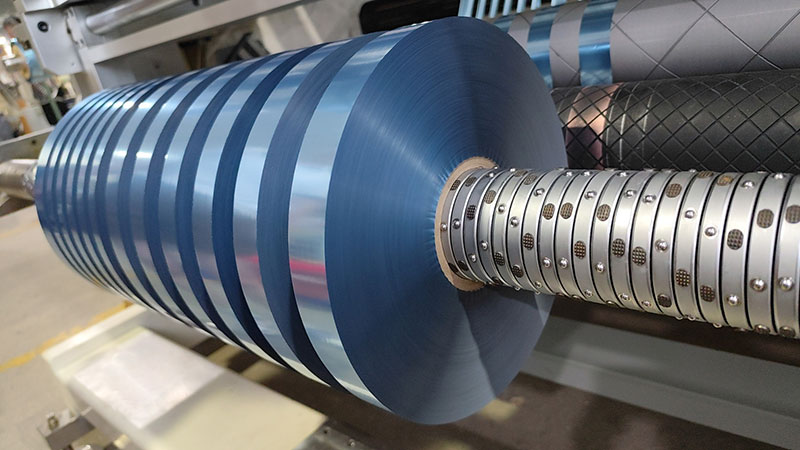
Implementation steps
1. Evaluation of existing systems and data collection (1-2 weeks)
2. Hardware Upgrade & Installation (1 week)
3. Control system software update and debugging (2 weeks)
4. Operator training (3 days)
5. Commissioning and fine-tuning of parameters (1 week)
6. Formal production and continuous optimization
If more detailed information or specific technical parameters are needed, further explanations can be made.



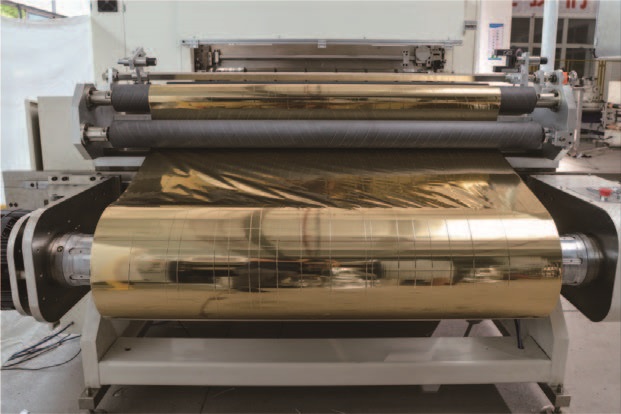
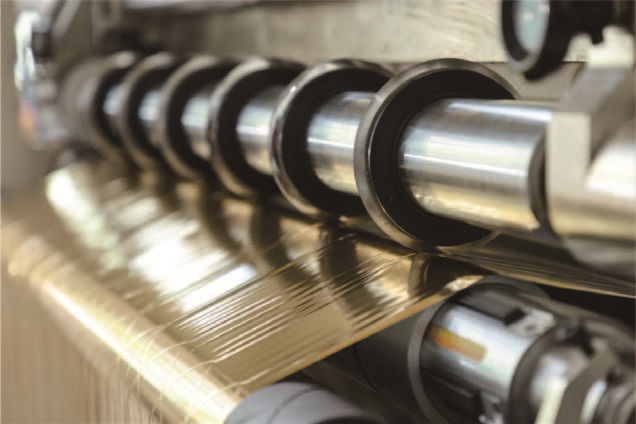
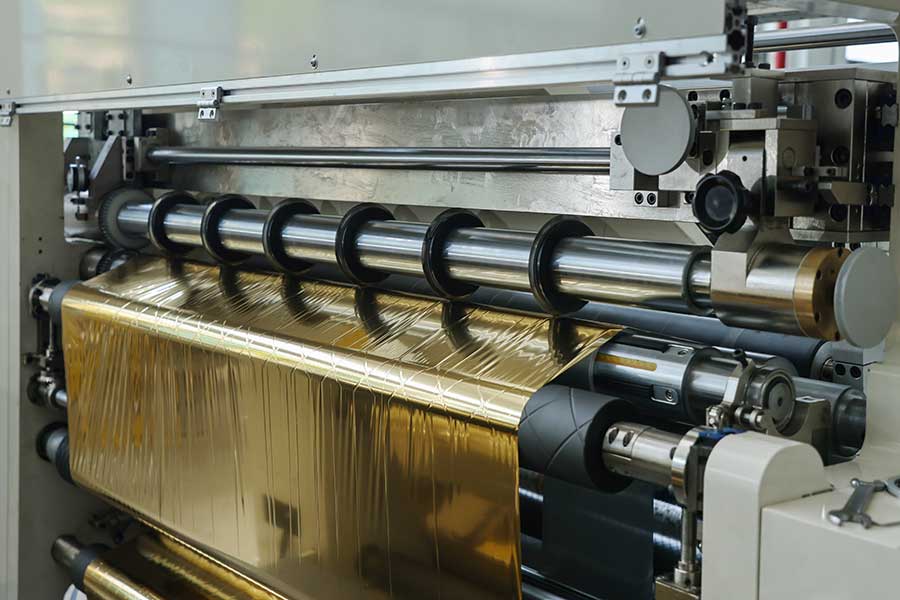
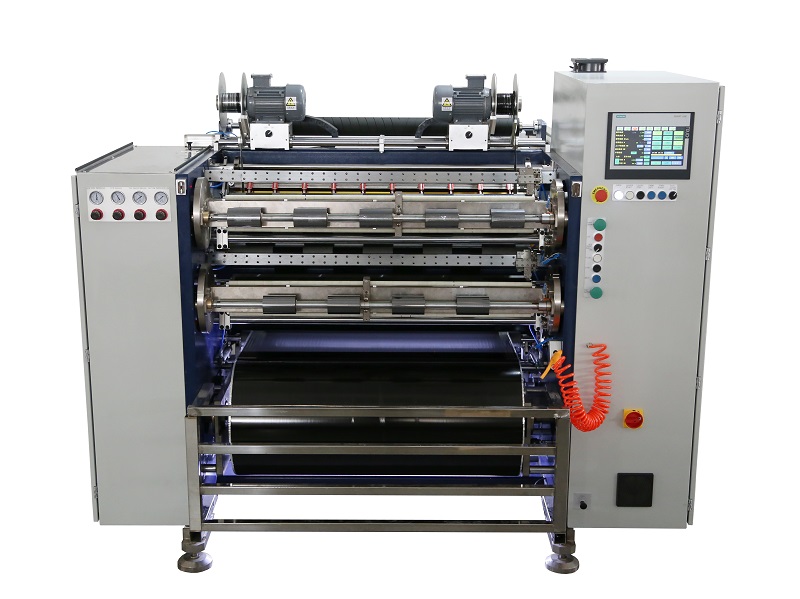 Fully Automatic TTR Slitter RSDS8 Plus
Fully Automatic TTR Slitter RSDS8 Plus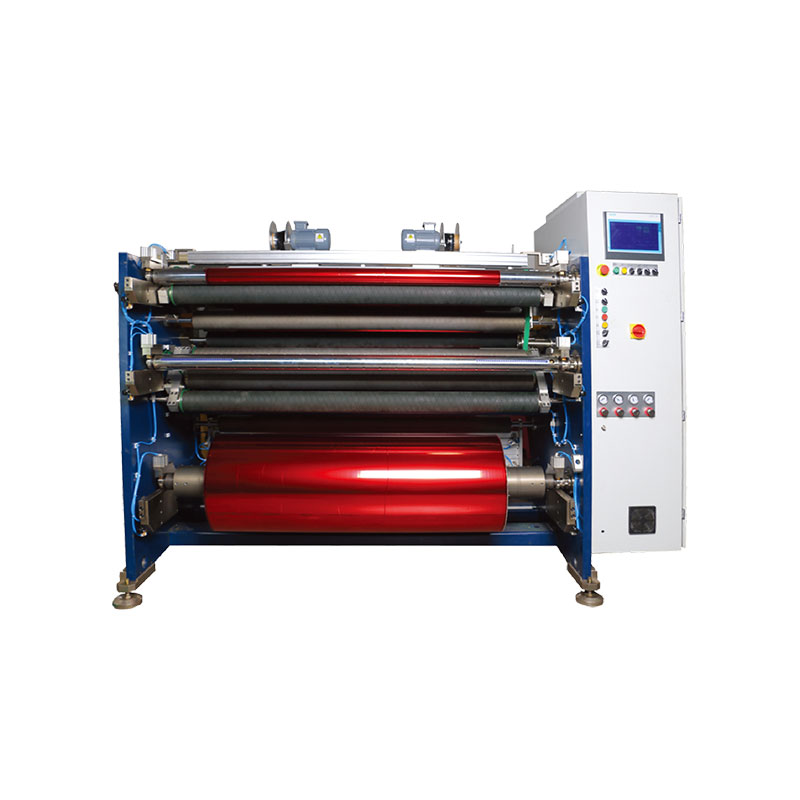 Hot Stamping Foil Slitter 1600mm
Hot Stamping Foil Slitter 1600mm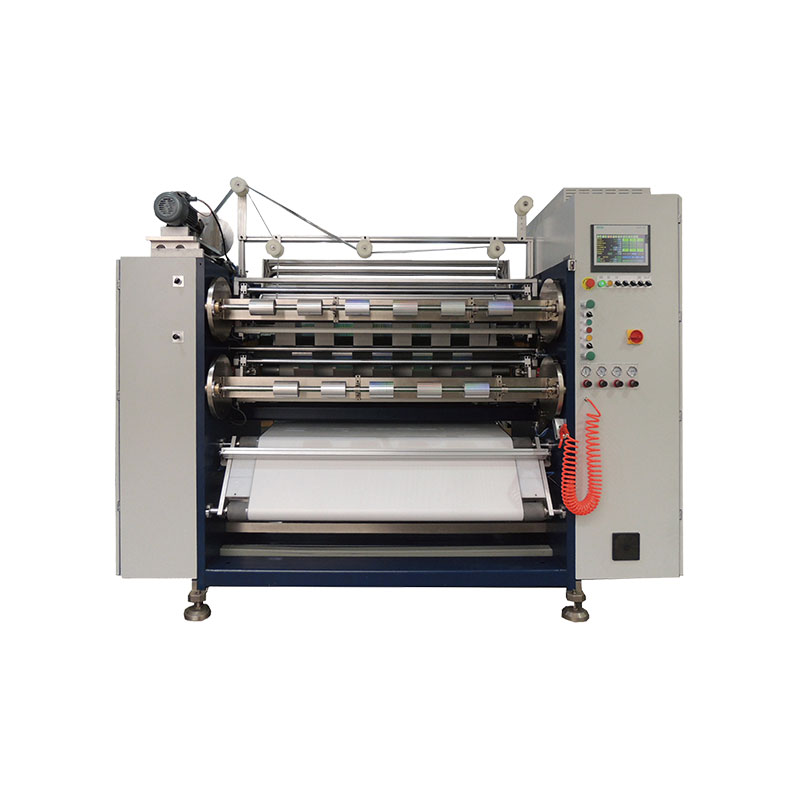 Hot Stamping Foil Slitter (4 Shafts)
Hot Stamping Foil Slitter (4 Shafts)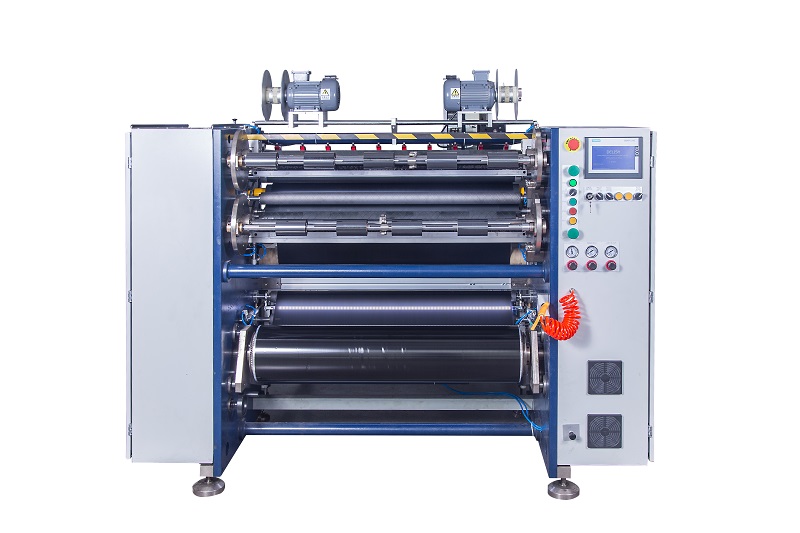 Semi-Auto TTR Slitter RSDS2 Plus
Semi-Auto TTR Slitter RSDS2 Plus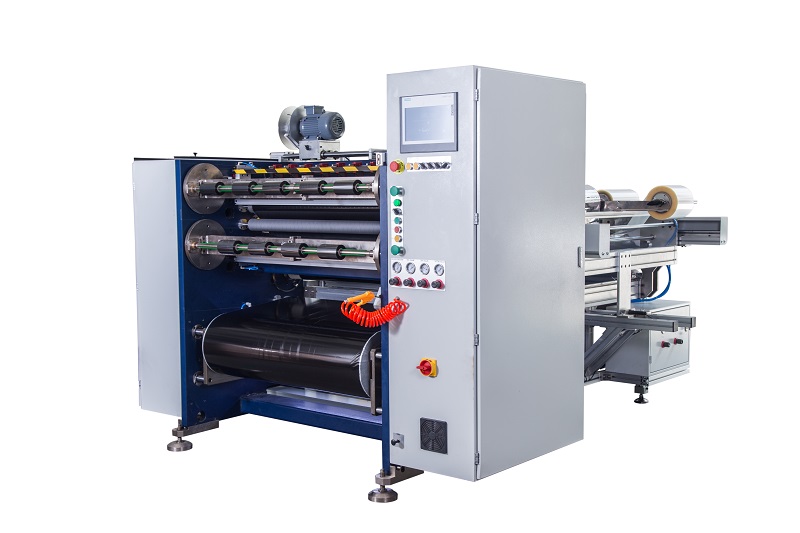 Semi Automatic TTR Slitter RSDS5 Plus
Semi Automatic TTR Slitter RSDS5 Plus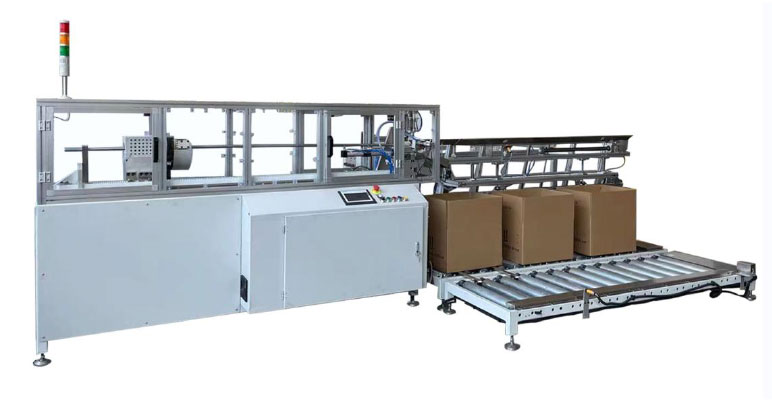 Auto Paper Core Cutter
Auto Paper Core Cutter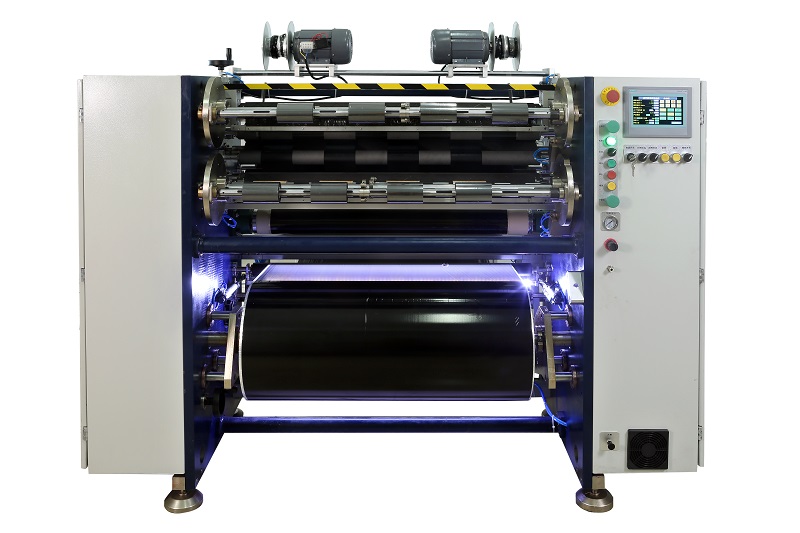 Manual TTR Slitter RSDS2
Manual TTR Slitter RSDS2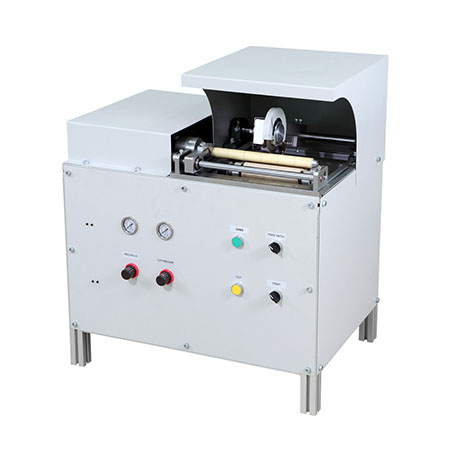 Manual Paper Core Cutter
Manual Paper Core Cutter





